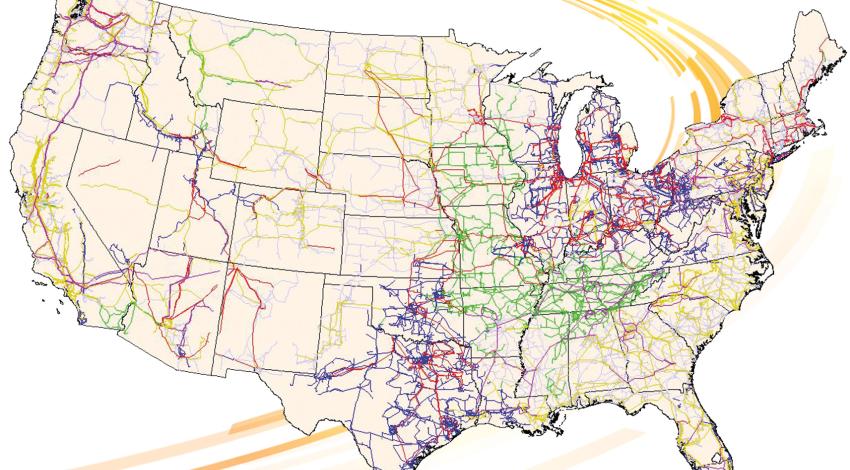In June of 2022, after fierce storms ripped through the region, areas in and around Columbus were hit with power outages. Residents flocked to cooling centers as temperatures soared into the 90s.
That emergency balancing act is known by many names, including “intermittent outage” or “forced outage,” but is most commonly called a “rolling blackout.” It can happen when a peak in electricity use — usually during extremely hot or extremely cold weather — coincides with significant gaps in the generation or transmission of electricity, says Ben Wilson, director of power delivery engineering for Buckeye Power, which supplies electricity to Ohio’s electric cooperatives.









